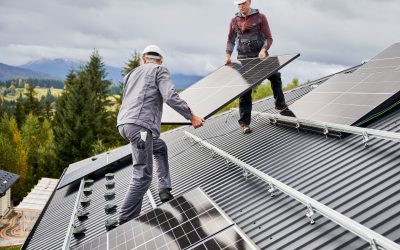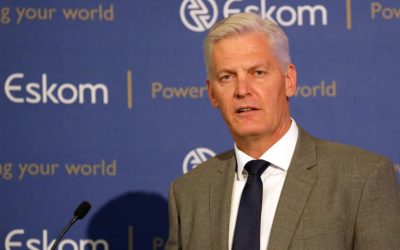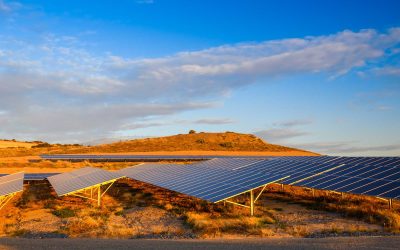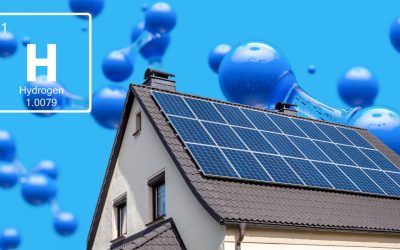A new research paper from Discovery Green cautions businesses against “over-investing” in solar energy. A mismatch between the solar generation and electricity consumption profiles of businesses can lead to higher overall energy costs. Andre Nepgen, head of Discovery Green, emphasizes that unlike traditional coal-generated energy, where you only pay for what you use, renewable energy procurement involves paying for all generated energy regardless of usage. So, it’s crucial to optimize the mix of renewables to match consumption patterns.
I’ve seen the same issue in my own analyses as well. Since solar power is available only during the day time, by installing roof-top solar and then procuring wheeled solar, you quickly get to a place where you have more energy available than you can use.
Discovery Green recommends procuring wind power as one step in diversification. Wind power is available during peak times and overnight as well. It can be procured through wheeling agreements. A commercial building, for example, can minimize overall energy costs by installing roof-top solar and then wheeling the right mix of both wind and solar, with emphasis on the wind.
Another key step in diversification is implementing battery storage. This allows a facility to store excess renewable energy for use during times of low sun and low wind. Batteries are, of course, relatively expensive. So battery capacity optimization is important.
Lastly, implementing flexible generation can fill the gaps left by wind, solar, and battery storage. Flexible generation can be generators that use renewable fuels like biogas and biodiesel.
Both battery storage and flexible generation can be on-site or off-site, depending on the size and technology. Energy from batteries or from flexible generation can be procured through wheeling. These are not yet as prevalent as wheeled energy from wind and solar. However, I think that wheeling from these sources will become more important as facility managers start to see the need for diversification.













